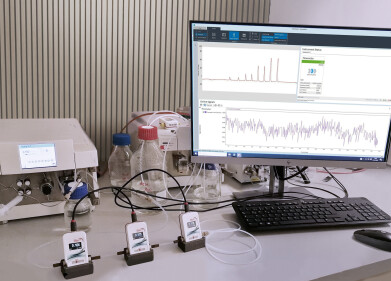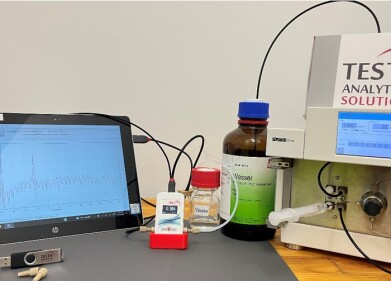HPLC, UHPLC
Chromatography Looks at the Impact of Plastic Debris on Sea Turtles
Oct 31 2018
Plastic debris polluting our seas, oceans and rivers is a massive environmental issue. It makes regular headlines in mainstream media. Governments are trying to tackle the problem of plastic usage by charging us for plastic bags and encouraging us to recycle our plastics – if our council will collect the plastic. The damage is going to take many years to rectify, and will involve many different agencies, corporations and the public all agreeing to stop or reduce the use of plastics. But can we show the extent of the problem?
Turtles as bioindicators of marine debris
Plastics are ubiquitous in our lives. Unfortunately, human behaviour has also ensured that plastics are a problem for all species on Earth. Plastic production has grown from a few million tonnes in the 1950s to almost 400 million tonnes today – with over 9000 million tonnes produced so far. Although plastics are undoubtedly useful and have transformed our lives – it is one of the features that makes them so useful that is now causing us problems.
Sone of the prime benefits of plastics when they were introduced was their cheapness, ease of manufacture and longevity – their ability to withstand many different physical environments and still be useful. But, now this longevity is seen as one of the downfalls of plastic usage. Because, we simply cannot totally get rid of plastics. Bags and boxes litter the countryside and riverbanks – and eventually they find their way into the seas and oceans.
Here, the plastics degrade and weather as sunlight and other agents start to break down the plastics into smaller and smaller pieces. These smaller pieces become food chain contamination – not just for sea creatures, but humans too. To monitor and improve our environment, we need to know where the contamination comes from.
What plastic do turtles eat?
A recent paper in the journal Environmental Science and Technology set out to find out what type of polymers and plastics Sea Turtles had ingesting. The team looked at samples of plastic taken from turtles captured as by-products of fishing in the central Pacific Ocean. The three types of sea turtles included in the study feed at different depths, giving a wider scope to the study than if only surface feeders were used.
The samples were analysed using spectroscopy and size exclusion chromatography – chromatography is one of the key analytical tools we use to analyse our effects on the environment as discussed in the article, Analysis of Residual Pharmaceutical and Personal Care Products in River Waters via UHPLC-MS/MS.
The team found that ingested plastics were 51% low-density polyethylene (LDPE), 26% polypropylene (PP), 10% unknown polyethylene and 5% high-density polyethylene. LDPE and PP are some of the most produced but least recycled polymers – and these represent the largest percentage of polymers ingested by the turtles in this study. The authors hope that the data produced will motivate more environmentally friendly practices for plastic production, use and disposal.
Events
Jan 20 2025 Amsterdam, Netherlands
Feb 03 2025 Dubai, UAE
Feb 05 2025 Guangzhou, China
Mar 01 2025 Boston, MA, USA
Mar 04 2025 Berlin, Germany














